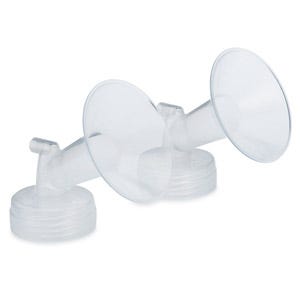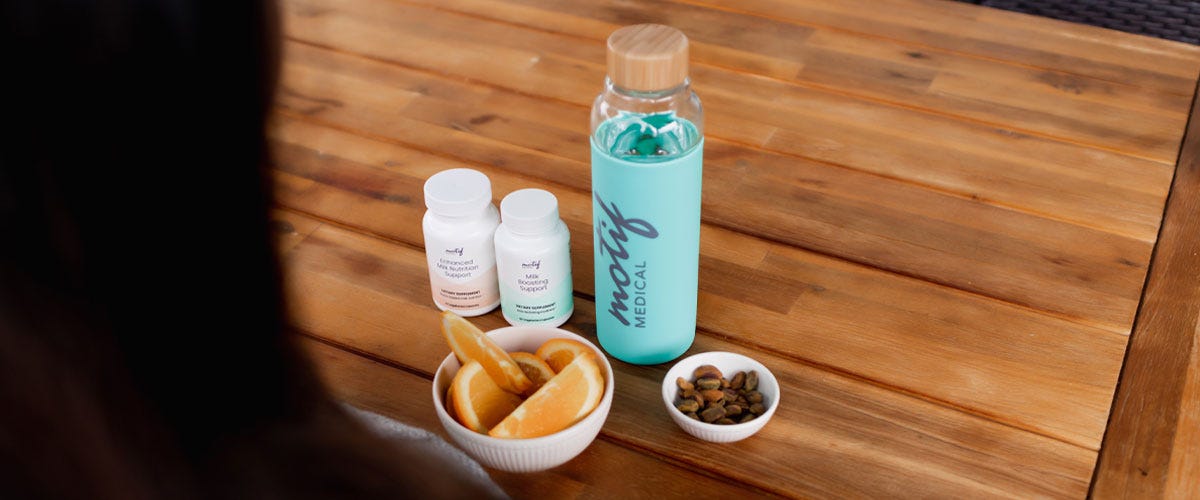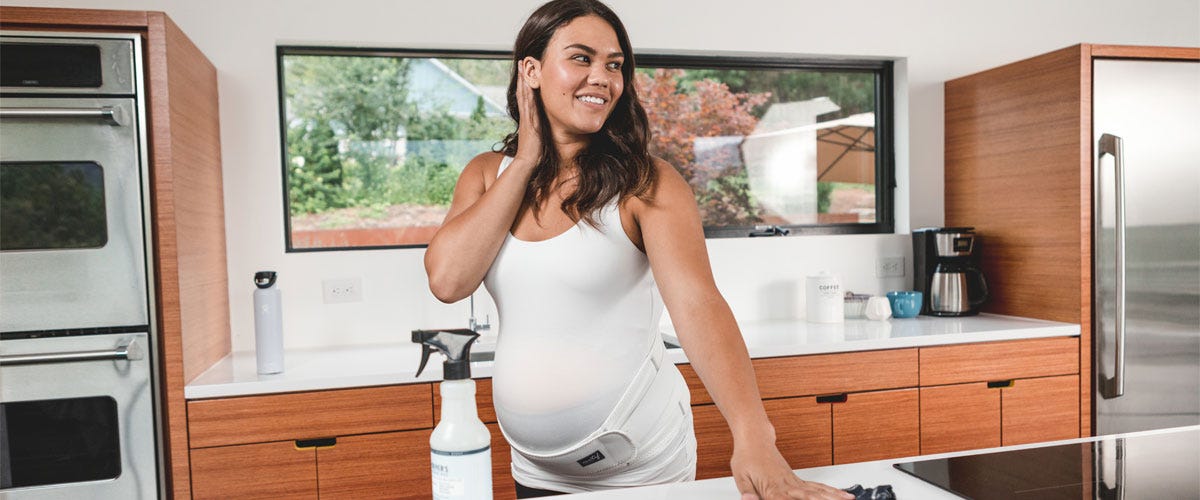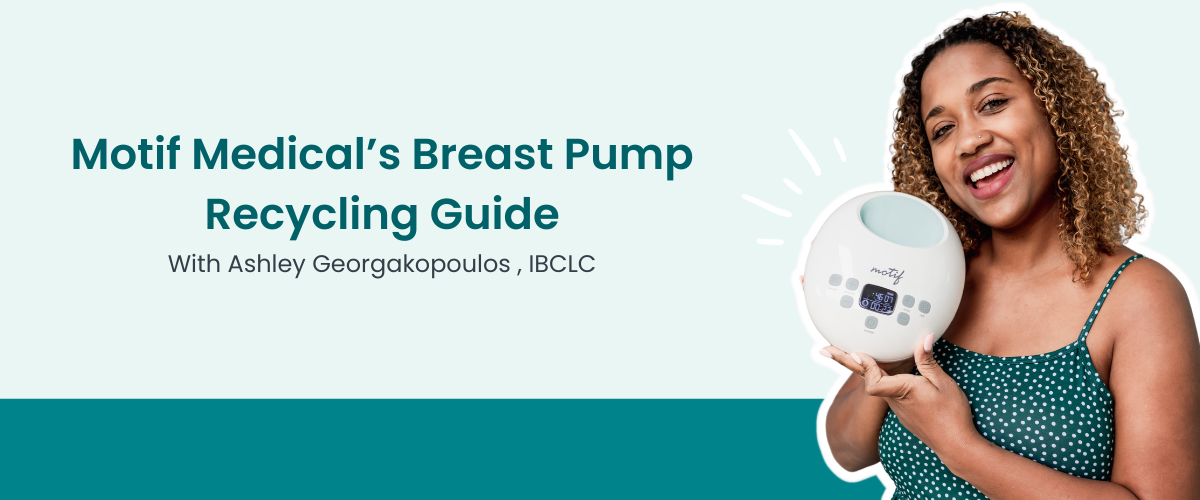Just like with breastfeeding, pumping your breasts should most certainly not be painful or uncomfortable. While some discomfort and pain may happen, the occurrence of either could be an indicator that something needs to be adjusted or addressed.
What Should Pumping Feel Like?
Using a pump should be a similar sensation to comfortable breastfeeding: some pressure and gentle tugging. At times, it can even be a major relief to full and engorged breasts, removing clogs, or simply evening out the weight of each breast until the next feeding.
When To Be Concerned
If you catch yourself dreading the feeling of your pumping sessions or wince while pumping, its is, quite literally, counterproductive to ignore. Though pain and discomfort tolerances will vary from person to person, the following experiences should be addressed:
- Sharp, stabbing pain in the nipple
- Sharp pain in the breast
- Blisters or bruising
- Blanching nipple
- Severe redness to the nipple
- Stinging
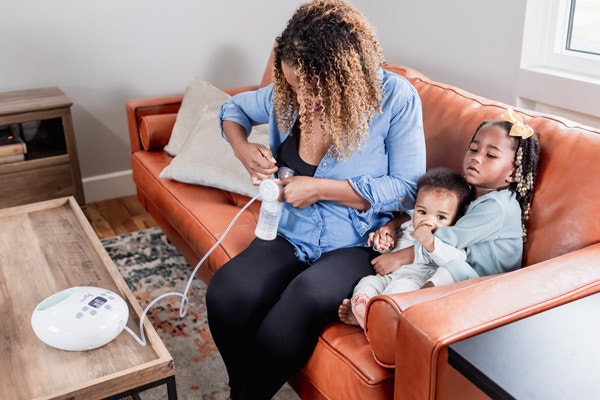

All of these are examples of sensations that are not only painful but signs of problems that could also be hindering your output, which will eventually affect your long term supply threshold. Pain is a chemical block to oxytocin, the hormone responsible for contracting milk release. These symptoms and experiences may also cause lasting tissue damage and maternal health concerns, such as infection, and need to be investigated immediately.
What Causes Breast Pumping Pain?
Breast Pump Flange Size
Your flange is the part of your breast pump that actually comes in contact with your breast and nipple. It simulates the baby’s latch, and just like with a bad latch, the wrong size can cause pain, irritation and many more issues.
Most flanges are sized in millimeters and based on nipple size, ranging on average from 17-31mm. With the correct size of flange, the nipple should have space around it as it is drawn into the tunnel. The areola should rest comfortably in the funnel of the flange, stopping just at the narrower tunnel.
If too small, the nipple will have too much friction and can lead to sharp pain, blistering, and restricted output. The nipple also needs to have the mobility to stretch back and forth to signal a milk ejection reflex, also known as the “letdown.”
Too large of a fit, and the compression of the tissues surrounding the ducts and channels carrying your milk out become the issue, blocking the release of milk and thus hindering overall output and long-term supply threshold. It may also cause bruising to the breast tissue.
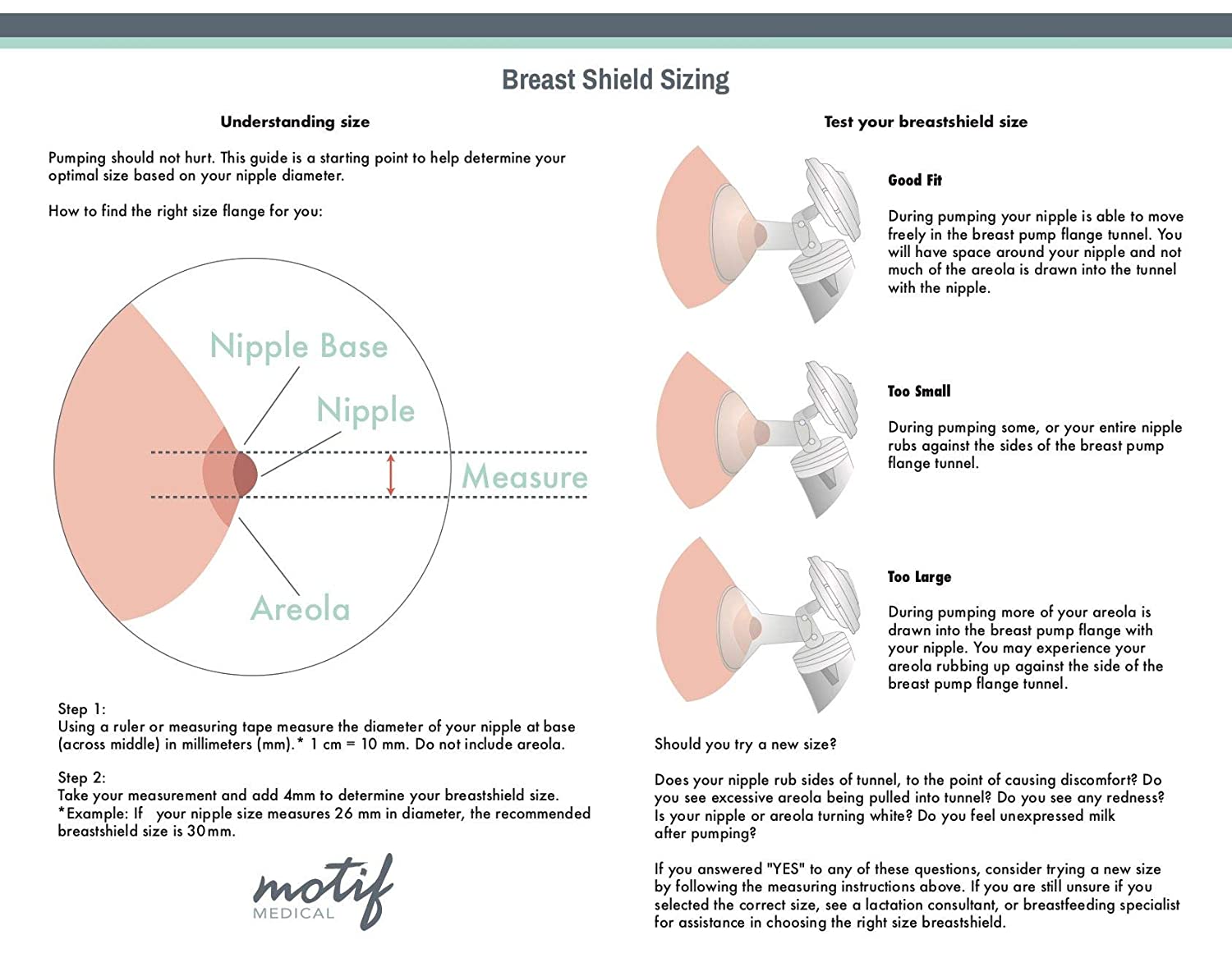

Breast Pump Strength
It can be tempting to crank up the strength of pump suction to full blast, but “one size does not fit all” and neither does strength tolerance. Nipple elasticity and sensitivity will vary, and for some, too strong of a setting can be very uncomfortable. Strength of suction is not the main source for milk removal, but stimulation for alveoli contraction- the milk ejection reflex. Too high of a setting may also cause swelling or blood vessels to block the pathways, too.
Breast or Nipple Issues
Issues with the breasts or nipples may need to be ruled out, especially if sizing and settings are set correctly.
- Previous or current nipple damage due to baby’s latch can be aggravated further while pumping, depending on the severity and healing time.
- Yeast overgrowth, or thrush, will cause an intense burning sensation. Usually this does not happen to healthy, undamaged tissue, so it's important to look into causes.
- Bacterial infection, which could happen from nipple damage making the breast tissue vulnerable.
- Fibroids in the breast tissue can be painful when lactating, as the milk pushes against them. Frequent emptying may help, especially in early morning hours when prolactin is at its highest for milk production.
- Raynaud’s Phenomenon is a blood vessel disorder, causing severe blanching or blue tinge to the tissue, and can be very painful or have a cold sensation.
- Luckily, most problems have solutions. When in doubt, it is a great idea to reach out to a trained lactation professional, the most experienced being an IBCLC, to rule out problems, and form a plan for healthy and pain-free pumping.


